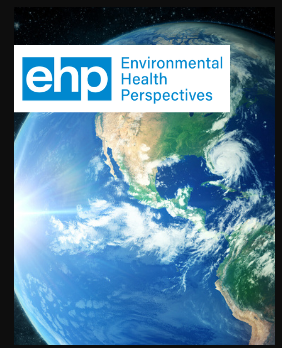Background
Extreme heat and air pollution are important human health concerns; exposure can affect mental and physical well-being, particularly during periods of co-occurrence. Yet, the impacts on people are largely determined by underlying health conditions, coupled with the length and intensity of exposure. Preexisting adverse health conditions and prolonged exposure times are more common for people experiencing homelessness, particularly those with intersectional identity characteristics (e.g., disease, ability, age, etc.). Partially due to methodological limitations, such as data scarcity, there is a lack of research at the intersection of this at-risk population within the climate-health domain.
Objectives
We have three distinct objectives throughout this article: a) to advance critical discussions around the state of concurrent high heat and air pollution exposure research as it relates to people experiencing homelessness; b) to assert the importance of heat and air pollution exposure research among a highly vulnerable, too-often homogenized population—people experiencing homelessness; and c) to underline challenges in this area of study while presenting potential ways to address such shortcomings.
Discussion
The health insights from concurrent air pollution and heat exposure studies are consequential when studying unhoused communities who are already overexposed to harmful environmental conditions. Without holistic data sets and more advanced methods to study concurrent exposures, appropriate and targeted prevention and intervention strategies cannot be developed to protect this at-risk population. We highlight that a) concurrent high heat and air pollution exposure research among people experiencing homelessness is significantly underdeveloped considering the pressing human health implications; b) the severity of physiological responses elicited by high heat and air pollution are predicated on exposure intensity and time, and thus people without means of seeking climate-controlled shelter are most at risk; and c) collaboration among transdisciplinary teams is needed to resolve data resolution issues and enable targeted prevention and intervention strategies.

